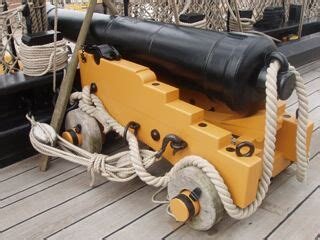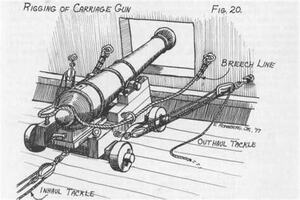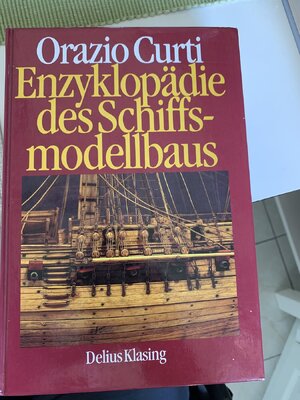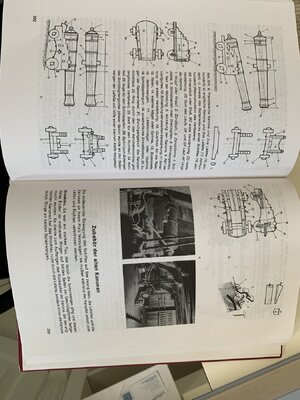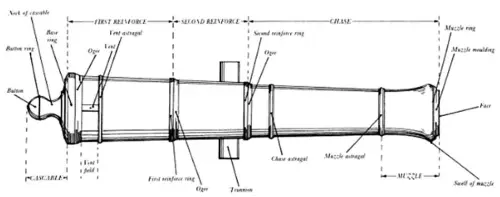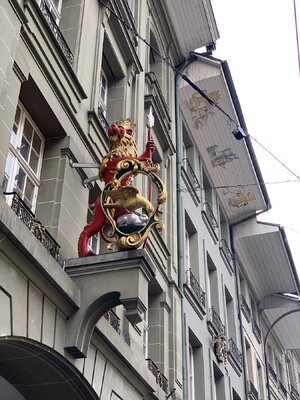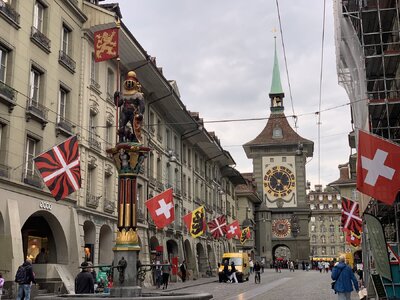Hi the AusieRob
The first image (showing the HMS Victory gun) is the Blomefield pattern. Around 1783, Blomefield set his hand to designing artillery. Apparently, he was a dedicated experimenter and used his experiments to inform his designs. There are several key deviations from the Armstrong-Frederick pattern gun in the Blomefield gun. Blumfiled pattern barrel has the ring on top of the cascabel.
First, it is much more simple in design. Many of the more decorative features at the cascabel were done away with to ensure a uniform metal thickness.
Second, an attempt was made to lessen the weight of the gun by trimming the thickness of the tube while retaining a strong breech. This is a theme one sees with cast iron guns probably culminating in the Parrot guns.
Lastly, a loop was forged over the knob on the cascabel. Aboard the ship, this enabled the breeching rope to pass through the loop rather than being looped around the knob. This subtle change enabled shipboard artillery to be shifted much farther off the center line because it could be fired with the risk of snapping the breeching rope.
After 1794 the Blomefield pattern gun was the standard within the navy.
The below image represents Armstrong's pattern. John Armstrong finished his basic design for British artillery in 1725. The Armstrong was a successful and resilient design, it was still present on British warships as late as 1808.
View attachment 451322
